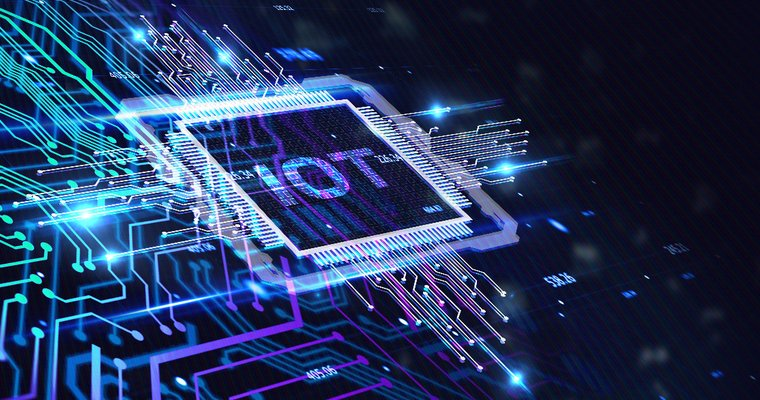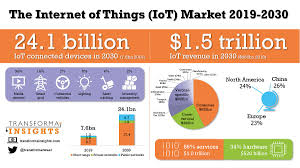Hologram, the leading IoT cellular connectivity platform, today announced the next-generation Hyper SIM with network fallback.
The global eUICC SIM enables direct integrations with leading carriers in the US and Canada and the launch of network fallback to intelligently keep devices connected. The combination of carrier offerings and automatic fallback gives exceptional performance for cutting edge IoT applications and peace of mind with multi-network redundancy.
Millions of IoT devices leverage global roaming agreements as they offer easy to deploy, cost-effective global access. But with increasing restrictions on global connectivity and more specific IoT connectivity requirements, traditional SIMs offering roaming profiles are no longer enough. The next-gen Hyper SIM delivers direct native access to leading carriers in the US and Canada, ensuring global IoT deployments have operator guaranteed network access. Leveraging native profiles, users benefit from traffic prioritization, low latency, and high throughput IoT connectivity to power high-bandwidth applications like video monitoring and streaming, industrial robotics, autonomous drones, and more.
In addition to performance, IoT applications like payment processing, security monitoring, micromobility, among others, require uninterrupted connectivity that is resilient to network failures. The next-generation Hyper SIM includes network fallback, an intelligent profile management agent that automatically switches eUICC profiles when native connectivity is not available.
With network fallback, Hyper SIMs can connect with high performance native profiles as their primary connectivity source without sacrificing the benefits of multi-carrier and route redundancy afforded by global roaming profiles. Should a device lose its connection to a native carrier, Network Fallback automatically switches to the backup roaming profile, ensuring the device remains connected.
LINK: https://iot-conferences.sciencefather.com/
FOR ENQUIRES: iot@sciencefather.com
VISIT OUR WEBSITE:
Abstract Submission: https://x-i.me/sacon
Conference Reg: https://x-i.me/sareg1
Award Nomination: https://x-i.me/iotnom
Award Reg: https://x-i.me/sares2
Member Nomination: https://x-i.me/iotmem
#internet#technology#automation#cloudcomputing#edgecomputing#protocals#dishwasher#5gNetworks#4gNetwork#technology conferences#













